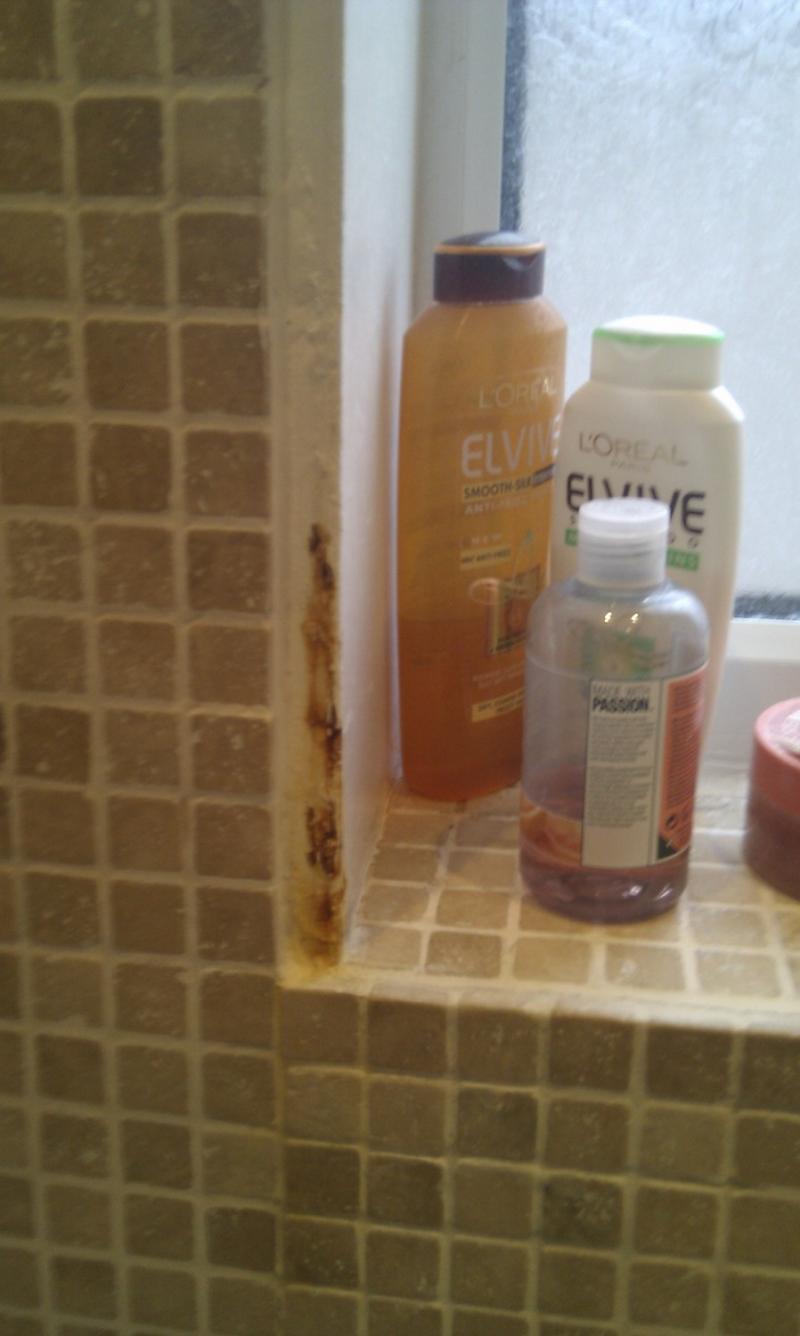Hi All
I have been having this weird rust type staining developing on my shower wall (constantly exposed to water when showering). The wall appears to be solid brick wall (not metal), so how can rust develop on a brick wall? (see attached).
Any help on how to fix this would be very appreciated. Would just painting with mould type resistant paint on it work?
Thanks a lot
K
I have been having this weird rust type staining developing on my shower wall (constantly exposed to water when showering). The wall appears to be solid brick wall (not metal), so how can rust develop on a brick wall? (see attached).
Any help on how to fix this would be very appreciated. Would just painting with mould type resistant paint on it work?
Thanks a lot
K


